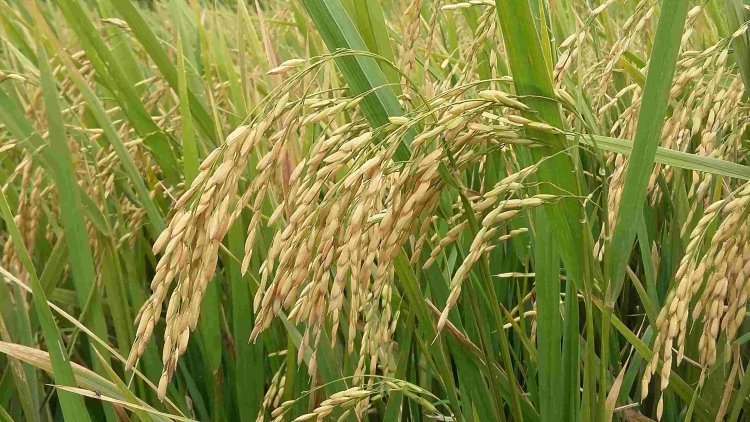
Cabinet Approves ₹69 Per Quintal Increase in Paddy MSP for Kharif Season

 :
| Updated On: 28-May-2025 @ 4:38 pm
:
| Updated On: 28-May-2025 @ 4:38 pmSHARE
The Union Cabinet has recently approved a significant revision in the Minimum Support Price (MSP) for paddy and other Kharif crops for the upcoming 2025–26 marketing season. This decision was taken by the Cabinet Committee on Economic Affairs (CCEA), chaired by Prime Minister Narendra Modi, reflecting the government’s ongoing commitment to support farmers and boost agricultural incomes.
For paddy, the MSP for the common variety has been increased by ₹69 per quintal, raising it to ₹2,369 per quintal. Similarly, the MSP for Grade A paddy has also been hiked by ₹69, bringing it to ₹2,389 per quintal. This increment aims to provide better returns to paddy growers amidst fluctuating market conditions and rising input costs.
Beyond paddy, the Cabinet approved revised MSPs for 13 other Kharif crops, reflecting a broader agricultural support strategy. Nigerseed witnessed the highest absolute increase in MSP at ₹820 per quintal, followed by ragi with a ₹596 increase, cotton with ₹589, and sesamum with ₹579. These increases demonstrate the government’s focus on enhancing farm incomes across various crops and encouraging diversification in crop cultivation, which is vital for nutritional security and sustainable agriculture.
The CCEA also highlighted the expected profit margins for farmers relative to their production costs. Bajra leads with an estimated margin of 63%, followed closely by maize and tur at 59% each, and urad at 53%. For the remaining Kharif crops, the profit margin is projected at around 50%. These figures underscore the government’s intent to ensure that farmers receive remunerative prices that adequately cover their costs and incentivize continued agricultural production.
Procurement trends over the last decade further illustrate the impact of these policies. Between the marketing years 2014–15 and 2024–25, paddy procurement surged to 7,608 lakh metric tonnes (LMT), valued at ₹14.16 trillion, compared to 4,590 LMT and ₹4.44 trillion in the preceding decade. This substantial increase indicates growing government efforts to procure produce at MSP, ensuring market stability and farmer welfare.
Moreover, MSP procurement for 14 Kharif crops collectively rose to 7,871 LMT, valued at ₹16.35 trillion, compared to 4,679 LMT and ₹4.75 trillion in the earlier decade. This expansion in procurement volumes and value highlights the increasing role of MSP in securing farmer incomes and sustaining agricultural livelihoods.
In conclusion, the Cabinet’s approval of MSP hikes across multiple Kharif crops, particularly the ₹69 increase for paddy, signals a strategic push to enhance farmer profitability, promote crop diversification, and ensure food and nutritional security. These measures come amid rising input costs and market volatility, offering a safety net to farmers. The notable growth in procurement figures over the past decade reflects successful implementation of these policies, benefiting millions of farmers and contributing to the stability of India’s agricultural sector. The government’s ongoing commitment to transparency and farmer welfare remains evident as it continues to fine-tune MSPs in line with economic realities and agricultural challenges.
Contact Us
House. No. : 163, Second Floor Haridev Rd, near Puberun Path, Hatigaon,Guwahati, Assam 781038.
E-mail : assaminkcontact@gmail.com
Contact : +91 8811887662
Enquiry
×
Reporter Login
×